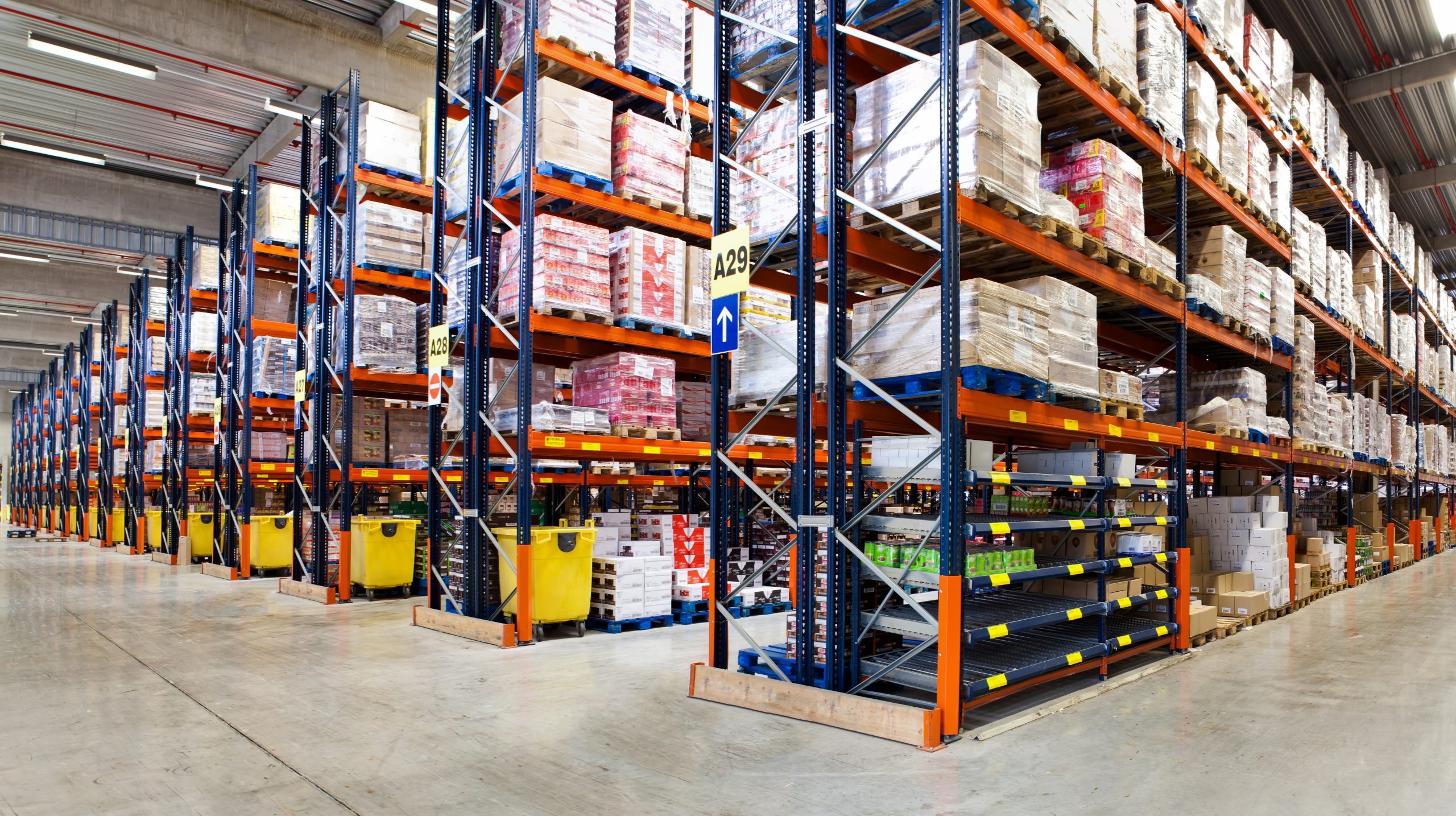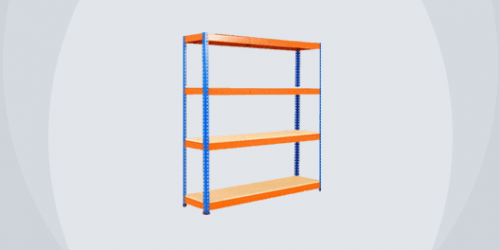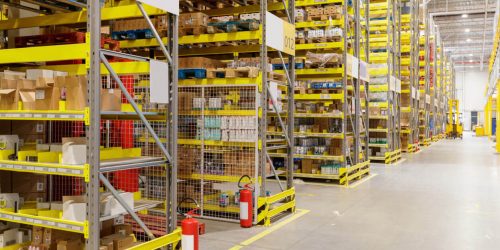What is a logistics warehouse and how does it work?
A logistics warehouse is a crucial link in the supply chain, serving as a central hub for the management, storage and distribution of goods. This infrastructure plays a vital role in optimising the product flows, from reception to shipping, including order picking. Understanding its operation and specific features is essential for companies seeking to improve their operational efficiency and reduce logistics costs.
Definition and advantages of a logistics warehouse
A logistics warehouse is defined as an organised and secure storage space, dedicated to receiving, temporary storage, order picking, and shipping of goods. It is a key element in a company’s logistics management, allowing for streamlined distribution processes, regulating flows by managing demand variations, and consolidating goods from different suppliers.
Thanks to sophisticated warehouse management systems (WMS), the warehouse optimises storage, thus reducing storage costs per unit and facilitating order picking. This precise inventory control also contributes to supply planning, reducing costs related to storage, transportation, and goods management.
Logistics automation through advanced technologies helps reduce errors and speed up order processing, resulting in increased productivity and improved customer satisfaction. Marine Varret, CSR and Supply Chain Manager at Manutan, emphasises the importance of this approach: “We have been implementing a number of initiatives to reduce our environmental impact: Cutting our energy consumption, improving our waste management, developing digitisation and reducing the volume of printed catalogues.”
The different areas that make up a logistics warehouse
An efficient logistics warehouse is divided into several distinct areas, each with a specific function in the process of managing goods flows.
The reception area
The reception area is the entry point for goods into the warehouse space. It includes an unloading space with docks adapted to various types of vehicles. There is also a control area to check the quality and quantity of received products, as well as a sorting area to organise products before storage. A labelling space is often present to identify and track incoming products. This area is important for ensuring smooth downstream operations and stock accuracy.
The storage area
The storage area is generally the largest part of the warehouse in terms of surface area. It consists of racking for high-level storage of pallets and cardboard, as well as racks for bulky or heavy products. There are also picking areas for high-turnover products and ground storage areas for bulky products or those awaiting processing. Industrial warehouse shelving is essential for optimal organisation of this area, depending on the nature of the products, their turnover frequency, and order picking methods.
The order picking area
This is where orders are assembled before shipping. It includes picking aisles for product collection, preparation stations for order grouping and verification, as well as a consolidation area for gathering elements of the same order. A packing area is also present for the final packaging of orders. This area is designed to maximise picker efficiency and minimise movement.
The shipping area
The shipping area represents the final step before goods departure. Equipped with loading docks adapted to different types of vehicles, it includes a sorting area by destination, a final control space for verification before shipping, and a waiting area for parcels ready to be loaded. The organisation of this area aims to optimise loading operations and ensure shipping accuracy.
The return management area
Becoming increasingly important with the development of e-commerce, the returns management area includes a return reception space for sorting and inspecting returned products, a reconditioning area for recovering products, if necessary, as well as a temporary storage space for products awaiting processing. This area allows for efficient management of returns and rapid reintegration of products into stock.
Ancillary and value-added areas
Ancillary areas, essential to warehouse operations, include administrative offices, staff areas (break room, changing rooms), maintenance equipment and charging areas, as well as packaging storage.
The value-added area, increasingly common, allows for product customisation, kit assembly, and in-depth quality control.
The optimal layout of these different areas is important to ensure an efficient workflow and effective logistics management. The layout should be designed to minimise movement, optimise space utilisation, and facilitate the flow of goods and personnel. A well-organised warehouse significantly contributes to improved productivity, reduced operational costs, and increased customer satisfaction.
How does a logistics warehouse work?

Goods reception
Reception involves unloading, checking, sorting, and labelling incoming products. The WMS is updated to reflect new stock entries.
Storage and inventory management
Once received, goods are stored in an organised manner. The WMS determines the best locations based on product characteristics and turnover. Operators place products in designated areas, and dynamic stock management is ensured by the WMS, including automatic replenishment and regular inventories.
Order picking
This is the central step in logistics warehouse operations. The WMS receives preparation orders, optimises orders for efficient preparation, and guides pickers during picking. Orders are then grouped, checked, and packed for shipping.
Shipping and transportation
Before leaving the warehouse, goods pass through the shipping area, which organises departures according to destinations and transport modes. The WMS system records departures to keep stock levels up to date, thus ensuring accurate and efficient management.
Returns management
Depending on the product’s condition, a decision is made to restock, repair, or discard it. Compliant products are reintegrated into available stock, and updates are recorded in the WMS.
Continuous analysis and optimisation
To maintain warehouse efficiency, KPIs (Key Performance Indicators) are regularly monitored. Process optimisation, adjustment of working methods, and continuous staff training are essential for sustainable performance.
For the operation of a logistics warehouse to run smoothly, it relies on perfect coordination between these various stages, supported by efficient information systems and well-trained teams.
Logistics warehouse vs logistics platform: What are the differences?
Although often confused, the logistics warehouse and the logistics platform have distinct characteristics and functions in the supply chain.
A logistics platform, also called a logistics hub, is a more complex and larger infrastructure than a simple warehouse. It is defined as a centralised space grouping various logistics activities and associated services. Its main objective is to facilitate the circulation of goods flows between different transport modes and to carry out value-added operations.
CTA: Download our white paper: “The transformation of the warehouse and its operations”.
digitalisation [NE1]






